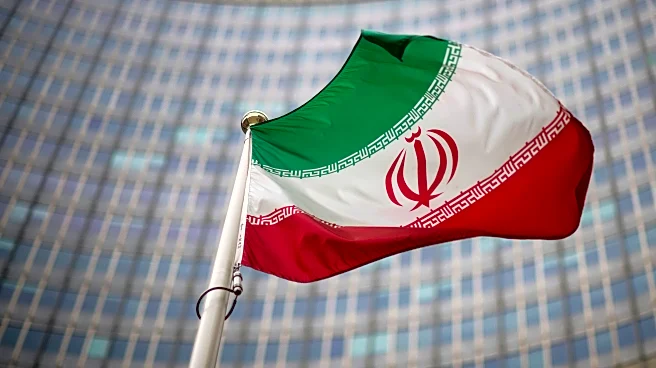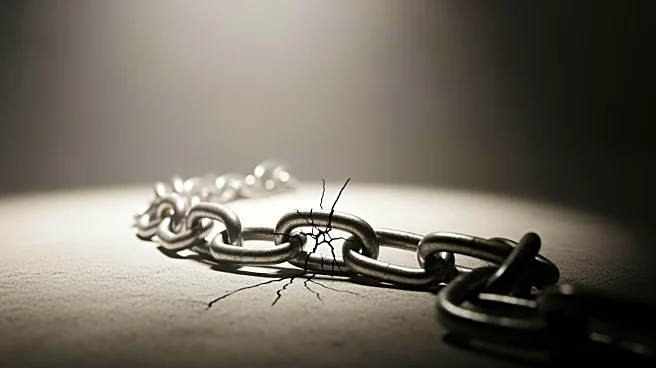What's Happening?
The National Library of Israel has initiated a project to make the Cairo Genizah texts searchable worldwide. The Cairo Genizah is a significant collection of medieval Jewish manuscripts, containing religious writings, personal letters, legal documents,
business records, and poems. Despite its importance, less than a third of the approximately 400,000 fragments have been cataloged, and fewer than 10 percent have transcriptions. The new project aims to use advanced artificial intelligence to automatically transcribe these texts, a task that would take researchers years to complete manually. This initiative is part of the MiDRASH project, funded by a 10 million euro grant from the European Research Council, which seeks to develop an accurate automated system for transcribing Hebrew-script manuscripts. The transcriptions will be added to the Ktiv database, expanding it into a fully searchable global resource.
Why It's Important?
This project is significant as it democratizes access to a vast repository of historical Jewish texts, previously accessible mainly to scholars. By making these texts searchable online, the initiative opens up new avenues for research and education, allowing historians, linguists, and the general public to explore Jewish life and culture across centuries. The use of AI in this context represents a breakthrough in the study of historical manuscripts, overcoming challenges posed by faded, torn, and handwritten texts. This could lead to new insights into the movement of texts and ideas across regions, enhancing our understanding of historical connections and cultural exchanges. The project also highlights the potential of AI to transform humanities research, making it faster and more comprehensive.
What's Next?
The initial findings from the Cairo Genizah analysis will be presented at the National Library of Israel, with key researchers discussing the project's progress and future steps. As the transcription process continues, more texts will be added to the Ktiv database, making them accessible to a global audience. Researchers will likely explore new questions about the past, using the transcriptions to identify scribes, track text movements, and uncover hidden links between documents. The project may also inspire similar initiatives for other historical manuscript collections, further integrating AI into the field of digital humanities.
Beyond the Headlines
The ethical implications of using AI to transcribe historical texts are noteworthy. While AI can significantly speed up the transcription process, it raises questions about the accuracy and reliability of machine-generated transcriptions. Human reviewers play a crucial role in ensuring the quality of the transcriptions, highlighting the importance of collaboration between technology and human expertise. Additionally, the project underscores the cultural significance of preserving and making accessible historical texts, contributing to the broader effort to safeguard cultural heritage in the digital age.















